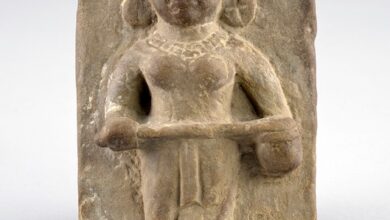Dussehra: Mythology Behind Its Celebration.
Dussehra is also known as Vijaydashmi.
Followed by Maha Navami, we celebrate Dussehra.
The name Dussehra comes from the Sanskrit word

“Dash” and “Hara”.
In normal terms, it means the defeat of the sun.
It was said that the sun would have not risen if Rama would have not defeated Ravana.
Dussehra: Mythology Behind Its Celebration.

There are two stories behind the celebration of Dussehra.
Dussehra is the celebration of the victory of good over evil.
The first story related to this festival is that of the victory of Lord Rama over the ten-headed demon Ravana.
It was prophesied that the reason for the end of the invincible Ravana will be a lady.
That lady was none other than Sita.
People know this festival as Dussehra in North India and some parts of Karnataka.
The other story was that of Goddess Durga.
Mahishasura took advantage of his boon of being invincible and attacked Devlok.
As a result, Gods have to flee from heaven and created Goddess Durga by worshipping Adhishakti.
Next to which a fierce battle between the goddess and the demon broke out.
On this day, goddess Durga put an end to her ten-day-long fight with Mahishasura.
Therefore, people in West Bengal call this festival Vijayadashmi.
How Do People Celebrate It ?
In North India, during the nine days of Navratri, Ram Leela, people enact the story of Ramayana.
Besides this, on the last day, people burn the effigies of Ravana, Meghnaath, and Kumbhkaran.
It symbolizes the burning of bad qualities and adapting good qualities.
In places like West Bengal this day people immerse the statues of Goddess Durga in water.
In addition to this, married women wear white and red saree and smear their foreheads with vermillion.
At last, the festival ends with bidding the goddess a pompous farewell.
Also read:
Mahalaya: The Mythology Behind Its Celebration
http://An Eco-friendly House- A Perfect Gift To Mother Earth
http://Tackling Covid: Changes India underwent to safeguard itself



